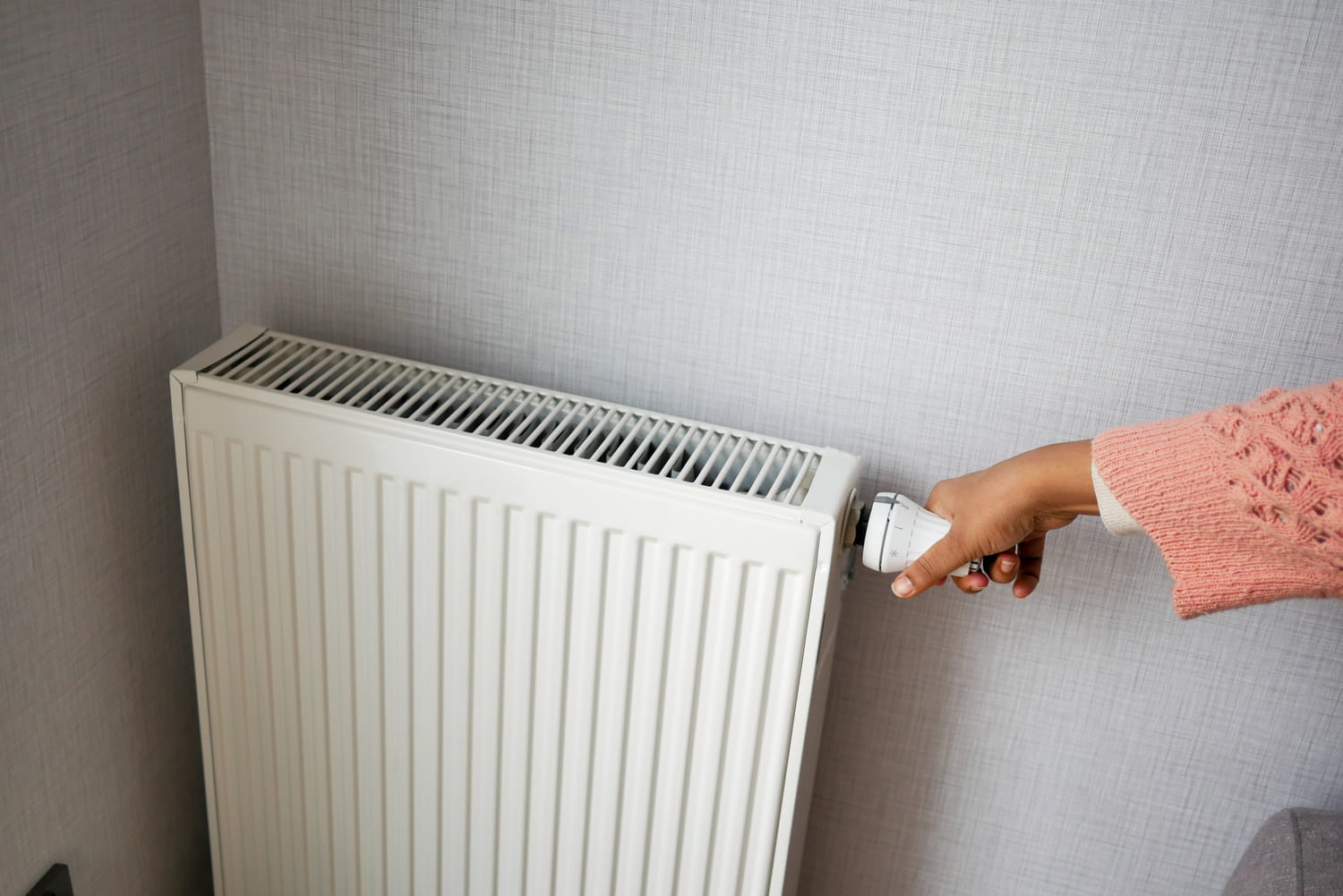Before turning on your radiators, check this often forgotten detail. In just a few minutes, you can improve the efficiency of your heating and reduce your energy costs.
Saving on energy costs has become a priority for many households. Heating, in particular, represents a significant part of the bill. So, how can you avoid wasting energy and enjoy a well-heated interior without blowing your budget? Hint: you already have everything you need at home.
If you also, when you turn on your radiators, the room takes a certain time before reaching temperature, know that this is probably due to poor circulation of hot air around the radiators. To remedy this, many specialists recommend costly interventions, such as purging or professional cleaning. But not everyone has the time or money for these steps. This is why you should know a tip to maximize the efficiency of your devices without affecting their mechanism. Before embarking on any operation, it is wise to check one detail: the accumulated dust.
In fact, radiators work by heating the ambient air by natural convection. Hot air rises, circulates, then descends once cooled. However, if the fins on your radiators are clogged with dust, the process is slowed down, and the energy consumed is less efficient. So a simple dusting can make a big difference in heat distribution. But be careful, this isn’t about passing a feather duster over the surface, we’re talking about accessing the difficult corners where dirt accumulates.
And the best ally for your dusting mission? Your hairdryer. Before you begin, prepare the ground. Place an old sheet or towel under the radiator to protect your floor and collect residue. Next, grab your dryer and set it to cold air. Direct its tip between the radiator and the wall. The blown air will dislodge any clumps of dust stuck in the fins, causing them to fall onto the previously installed sheet or towel. Once cleaning is complete, shake your protection outside and vacuum up the last residue.
According to some estimates, a clean radiator can save up to 10% on heating costs. So, get out your hairdryer and give your radiators a new lease of life.








